63 pages • 2 hours read
Charles DickensBarnaby Rudge: A Tale of the Riots of Eighty
Fiction | Novel | Adult | Published in 1841A modern alternative to SparkNotes and CliffsNotes, SuperSummary offers high-quality Study Guides with detailed chapter summaries and analysis of major themes, characters, and more.
Themes
The Inescapability of the Past
Content Warning: This section features discussions of ableism, religious intolerance and bigotry, and emotional abuse.
A theme Dickens returns to frequently in Barnaby Rudge is the impossibility of escaping the past—this is especially important as Barnaby Rudge is a historical novel. The novel is full of repeating stories—fathers wanting sons to follow in their footsteps; families and groups of people hating one another because of past disagreements—framed by one central story.
Chapter 33 jumps forward in the narrative exactly five years to the day from the beginning of the novel, which was also 22 years after Rueben Haredale’s murder. There are many parallels between Chapters 1 and 33, as if little has changed at the Maypole in the five years since March 19th, 1775, and it is stuck in the past. Though the framing story of the murder of Rueben Haredale has very little to do with the actual plot of the novel, it encapsulates the smaller narratives and ties them all together. The first part of Barnaby Rudge begins exactly 22 years after the murder, and the second part exactly five years after that.
Solomon Daisy’s tradition of repeating the story is interrupted both times by the stranger, whom Daisy believes to be a ghost in the 1780 chapters.
Related Titles
By Charles Dickens
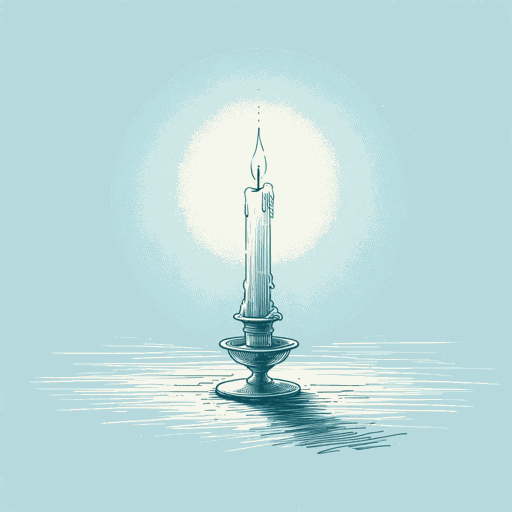
A Christmas Carol
Charles Dickens
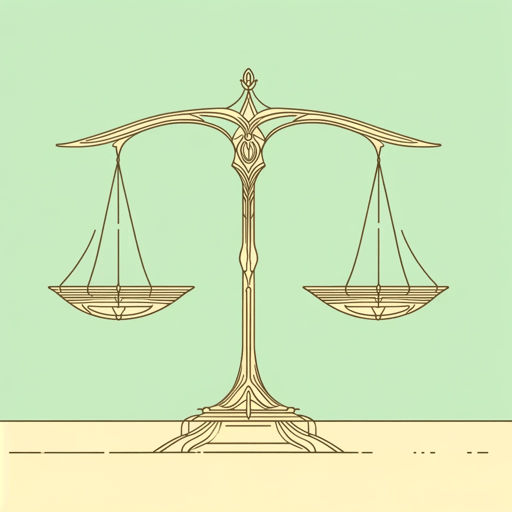
A Tale of Two Cities
Charles Dickens
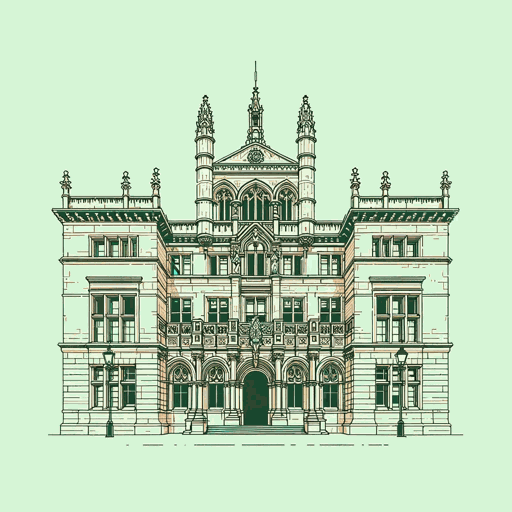
Bleak House
Charles Dickens

David Copperfield
Charles Dickens

Dombey and Son
Charles Dickens

Great Expectations
Charles Dickens

Hard Times
Charles Dickens
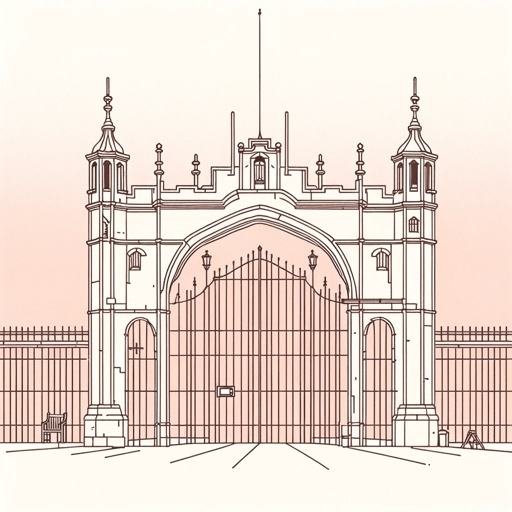
Little Dorrit
Charles Dickens

Martin Chuzzlewit
Charles Dickens

Nicholas Nickleby
Charles Dickens

Oliver Twist
Charles Dickens

Our Mutual Friend
Charles Dickens
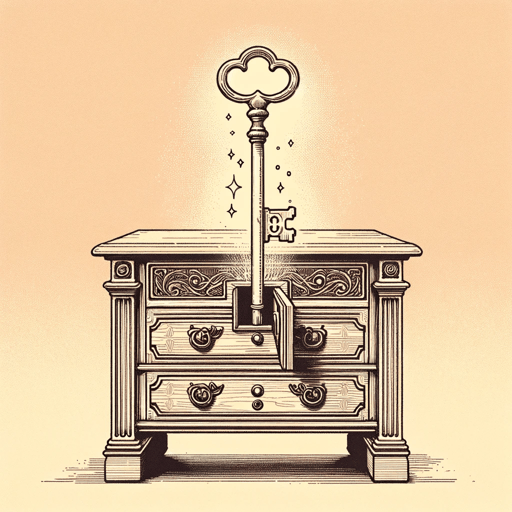
Pickwick Papers
Charles Dickens

The Mystery of Edwin Drood
Charles Dickens
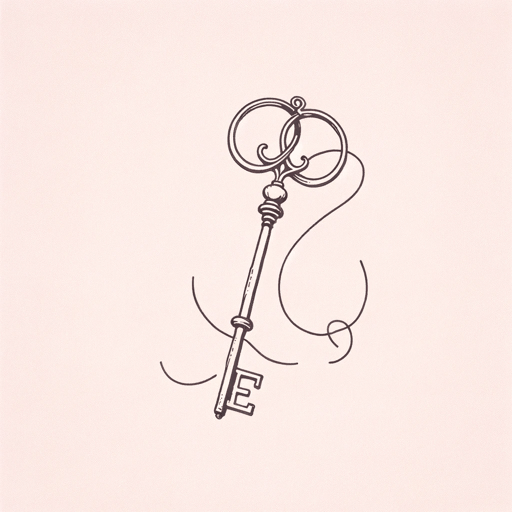
The Old Curiosity Shop
Charles Dickens
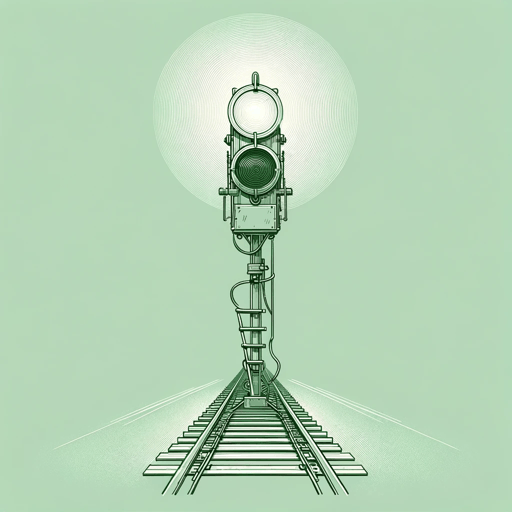
The Signal-Man
Charles Dickens

